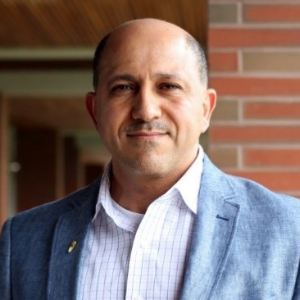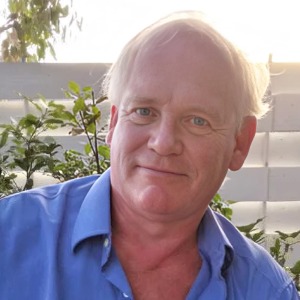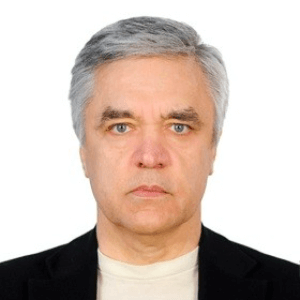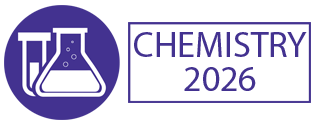Low D Materials
Low D Materials Are Materials With Fewer Than Four Atoms In Their Structure. These Materials Have Unique Properties Not Seen In Larger, More Traditional Periodic Table Materials. Low D Materials Have Been Emerging As A Revolutionary Solution For A Range Of Applications In Chemistry And Beyond. Low D Materials Offer An Astonishing Range Of Electronic, Optical And Magnetic Properties, Allowing Them To Be Used In Applications Ranging From Energy Storage And Conversion To Catalysis And Optoelectronics. Their Low Dimensionality Also Offers Increased Surface Area Per Unit Volume, Allowing Them To Be More Efficient Catalysts. This, In Turn, Has The Potential To Reduce Energy Consumption And Improve Efficiency. One Distinctive Feature Of Low D Materials Is Their Ability To Absorb Light Of Varying Frequencies. This Can Be Exploited For Photocatalysis, Where Low D Materials Can Be Used To Absorb UV And Visible Light And Employ It For Chemical Reactions. This Technique Can Be Applied To A Variety Of Chemical Processes, Such As Hydrogen Production And Surface Hardening. Low D Materials Also Allow For The Application Of Chemical “Doping”, A Process Where Impurities Are Introduced Into The Material Structure In Order To Alter Its Properties. This Is Often Used To Increase Certain Material Properties, Such As Catalytic Activity Or Optical And Conductivity. The Field Of Low D Materials Is Rapidly Advancing And Is Expected To Play A Major Role In The Future Of Chemistry, Energy Storage And Environmental Applications. With The Ingenuity Of Researchers, This Exciting New Technology Could Revolutionize The Way We Think About And Utilize Molecules In Our Everyday Lives.

Hossam A Gabbar
Ontario Tech University, Canada
Victor John Law
University College Dublin, Ireland
Alexander Bagaturyants
National Research Nuclear University MEPhI, Russian Federation
Sergey Suchkov
N.D. Zelinskii Institute for Organic Chemistry of the Russian Academy of Sciences, Russian Federation
Shree Niwas Chaturvedi
Centre for Aptitude Analysis and Talent Search, India
Pieter Samyn
SIRRIS, Belgium




Title : Advances in plasma-based radioactive waste treatment
Hossam A Gabbar, Ontario Tech University, Canada
Title : Unraveling the ultrastructure and functions of the neuronal membrane skeleton using super-resolution fluorescence microscopy
Zhou Ruobo, Djillali Liabes University of Sidi Bel Abbes, Algeria
Title : Solar box cooker dehydration, and relative humidity endpoint detection, of lamiaceae culinary leaves on the island of Crete
Victor John Law, University College Dublin, Ireland
Title : Nutrient and heavy metal loads from the Ribeiras to Coastal zones: A land-ocean continuum perspective in Madeira Island
Aracelis Del Carmen Narayan Rajnauth, University of Porto, Portugal
Title : Prospective polyoxometalate-based covalent organic framework heterogeneous catalysts
Arash Ebrahimi, Comenius University Bratislava, Slovenia
Title : Eliminating implant failure in humans with nano chemistry: 30,000 cases and counting
Thomas J Webster, Brown University, United States